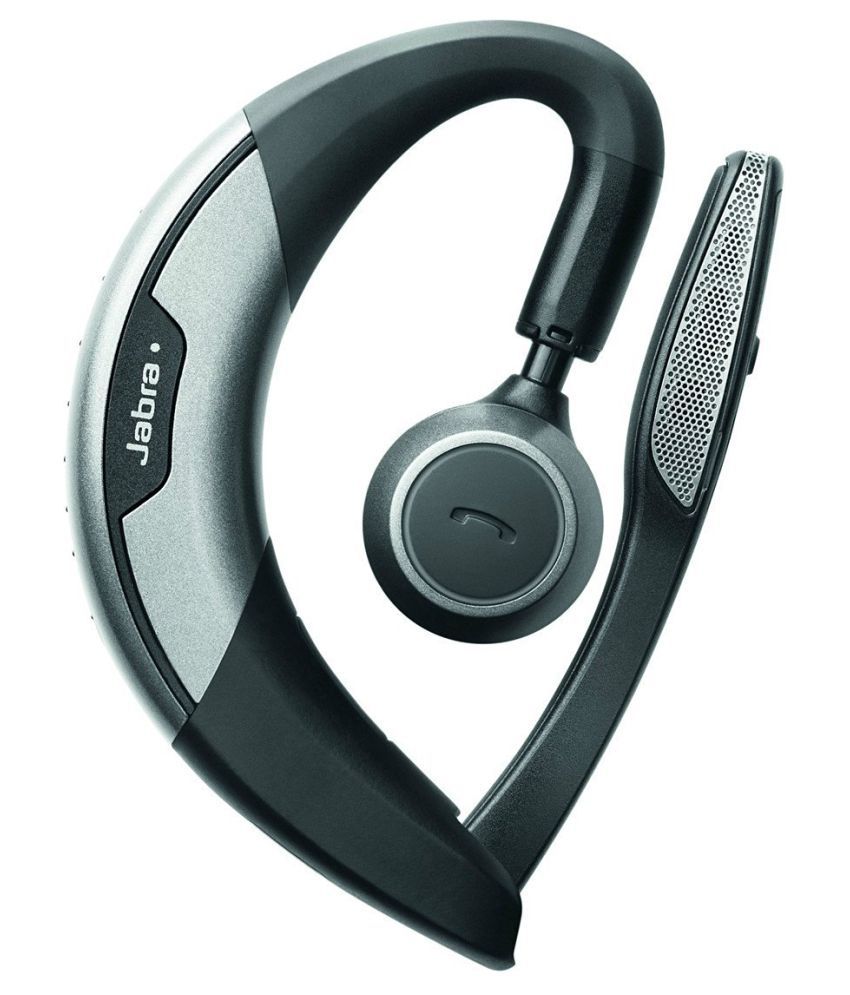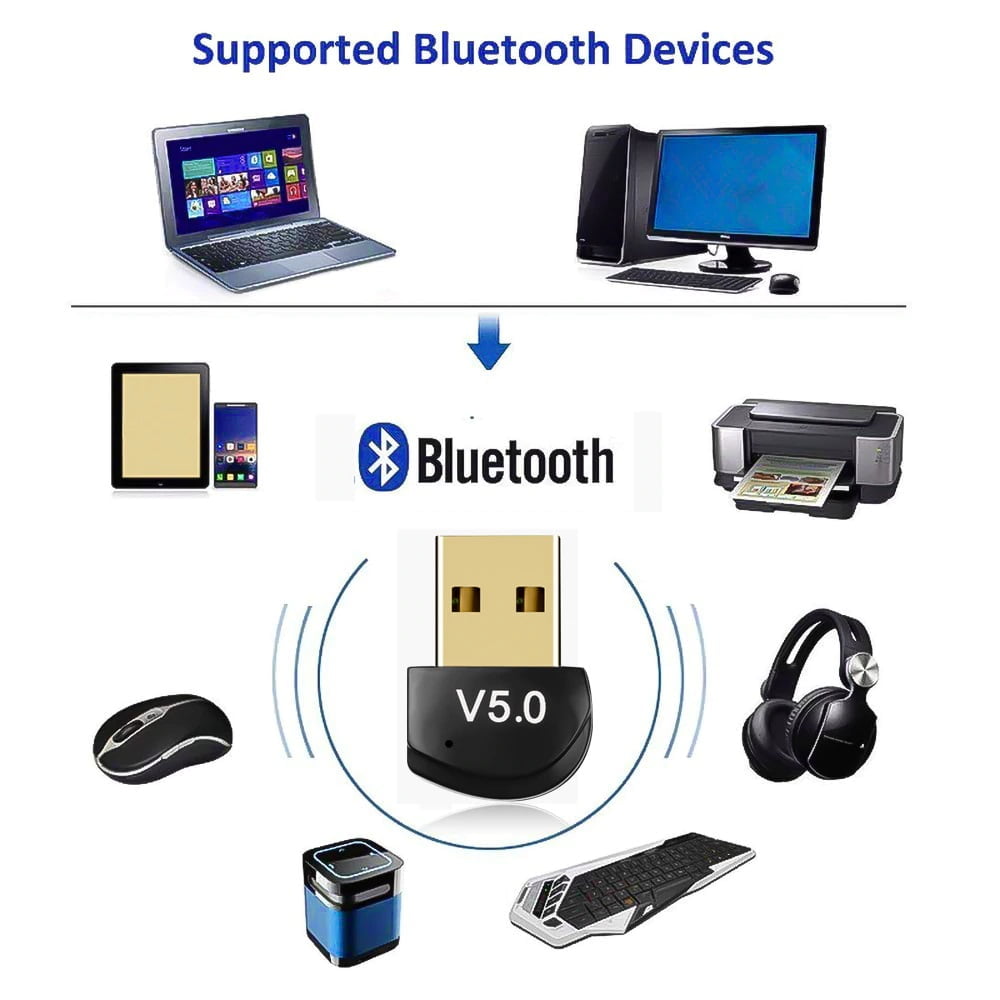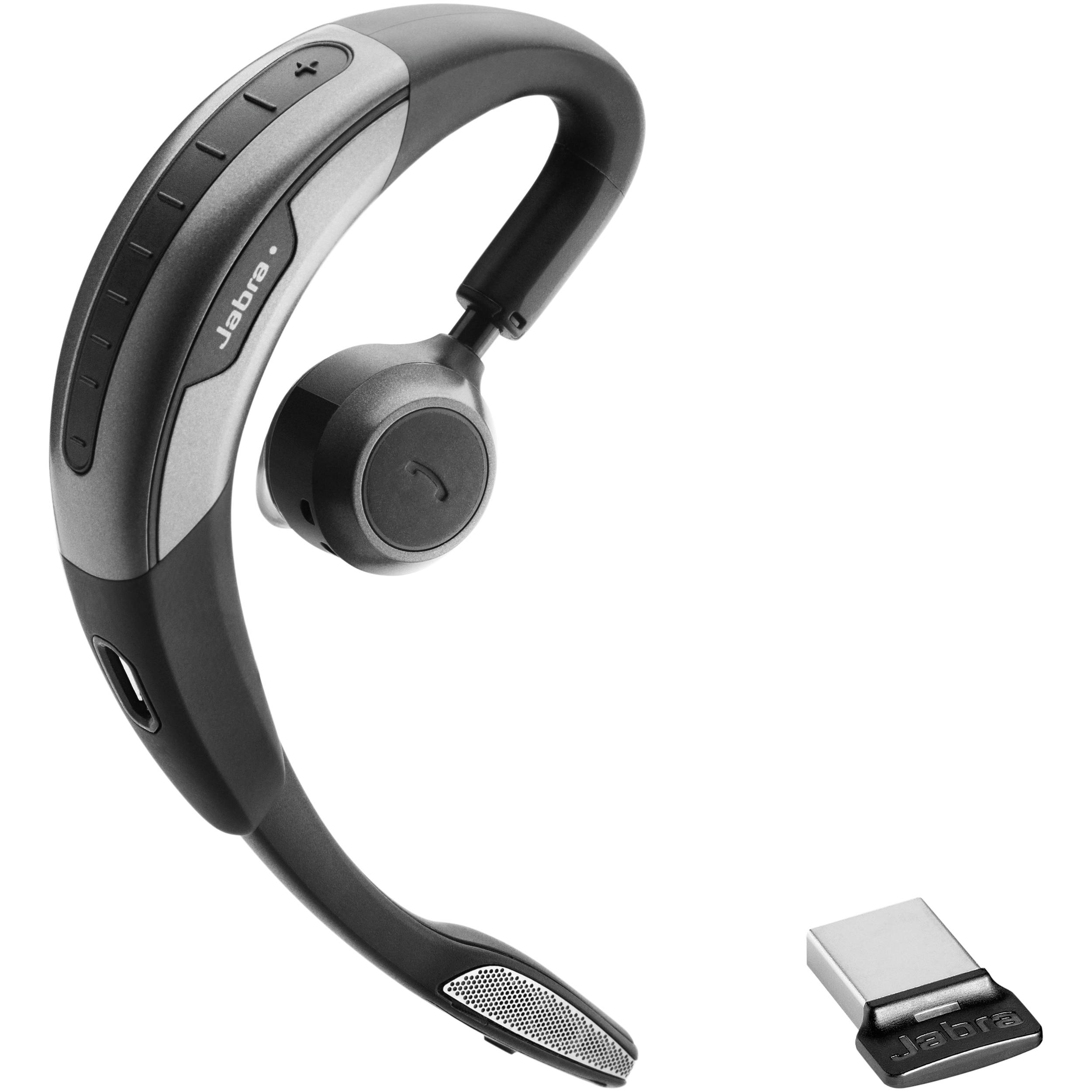Understanding the Basics: An Overview of Jabra Bluetooth Headsets
Jabra Bluetooth headsets are renowned for their exceptional sound quality, comfort, and versatility. These wireless headsets are compatible with a wide range of devices, including smartphones, laptops, and tablets, making them an ideal choice for professionals and audiophiles alike. Among the various models available, some popular options include the Jabra Evolve, Jabra Elite, and Jabra Move series. Each model offers unique features tailored to different user needs, such as active noise cancellation, extended battery life, or sleek designs for fashion-conscious consumers.
Preparing for Connection: Setting Up Your Devices
Before initiating the connection between your Jabra Bluetooth headset and your chosen device, it is essential to ensure both devices are ready for pairing. Start by enabling the Bluetooth functionality on both devices. On most smartphones, laptops, and tablets, you can find this option in the settings menu under ‘Bluetooth’ or ‘ Wireless & Networks.’ For the Jabra Bluetooth headset, press and hold the power button until the LED indicator starts flashing, indicating it is in pairing mode.
Initiating the Pairing Process: Linking Your Devices
Once both your Jabra Bluetooth headset and your chosen device are ready for pairing, you can begin the linking process. On your device, navigate to the Bluetooth settings menu and ensure that Bluetooth is enabled. The device should automatically search for available nearby devices. At the same time, ensure your Jabra Bluetooth headset is in pairing mode, often indicated by a flashing LED light. Once the device detects the Jabra headset, it will appear in the list of available devices on your screen. To establish the connection, select the Jabra headset from the list and wait for the devices to sync.
Troubleshooting Common Connection Issues: A Step-by-Step Approach
Despite following the proper pairing process, you may encounter connection issues when linking your Jabra Bluetooth headset to your device. Here, we discuss common problems and offer solutions to ensure a smooth connection process:
- Interference: Other nearby Bluetooth devices or electronic equipment can interfere with the connection. To minimize interference, ensure that no other devices are in close proximity and that you are not in a crowded Wi-Fi area. If necessary, try moving to a different location or turning off other Bluetooth devices temporarily.
- Range limitations: Bluetooth devices typically have a limited range, often around 10 meters (33 feet). If you experience connection issues, ensure that your device is within this range. Keep in mind that obstacles, such as walls or furniture, can reduce the effective range.
- Battery problems: A low battery level on either the Jabra Bluetooth headset or the device can cause connection issues. Make sure both devices have sufficient power before attempting to pair them. If the battery level is low, charge the devices before trying to connect again.
Maximizing Your Jabra Bluetooth Headset’s Performance: Tips and Tricks
To ensure optimal performance and longevity of your Jabra Bluetooth headset, consider the following tips and tricks:
- Proper storage: When not in use, store your Jabra Bluetooth headset in a protective case to prevent damage. Keep the case in a cool, dry place away from direct sunlight and moisture.
- Cleaning: Regularly clean your Jabra Bluetooth headset to remove earwax, dust, and debris. Use a soft, dry cloth or a mild cleaning solution specifically designed for electronics. Avoid using harsh chemicals or abrasive materials that can damage the device.
- Software updates: Regularly check for and install software updates for your Jabra Bluetooth headset. These updates often include bug fixes, performance enhancements, and new features. To check for updates, visit the Jabra website or consult the user manual for specific instructions.
Exploring Advanced Features: Customizing Your Jabra Bluetooth Headset
Jabra Bluetooth headsets offer a variety of advanced features to enhance your listening experience. Here, we introduce some of these features and provide instructions on how to access and use them:
- Voice assistants: Many Jabra Bluetooth headsets support integration with popular voice assistants, such as Siri, Google Assistant, or Alexa. To access this feature, press and hold the designated button on your headset. Consult the user manual for specific instructions and button configurations for your Jabra Bluetooth headset model.
- Equalizer settings: Customize your sound preferences by adjusting the equalizer settings on your Jabra Bluetooth headset. Depending on the model, you can access these settings through the Jabra Sound+ app or directly on the device. Experiment with different presets, such as bass boost or treble enhance, to find the perfect sound for your needs.
- Multipoint pairing: Connect your Jabra Bluetooth headset to multiple devices simultaneously with multipoint pairing. This feature allows you to seamlessly switch between devices without the need to manually disconnect and reconnect. Consult the user manual for specific instructions on enabling multipoint pairing for your Jabra Bluetooth headset model.
Maintaining a Strong Connection: Best Practices for Long-Term Use
To ensure a stable and reliable connection between your Jabra Bluetooth headset and your device, follow these best practices:
- Regular maintenance: Periodically check the battery level of both your Jabra Bluetooth headset and your device. Keep them charged to maintain a strong connection. Additionally, clean your headset regularly to remove any debris or earwax that may interfere with the connection.
- Periodic checks: Occasionally, check the connection between your Jabra Bluetooth headset and your device to ensure they are properly synced. If you notice any connectivity issues, try resetting both devices or re-initiating the pairing process.
- Avoid interference: Keep your Jabra Bluetooth headset and device away from potential sources of interference, such as other Bluetooth devices, Wi-Fi routers, or electronic equipment. If necessary, move to a different location or turn off interfering devices temporarily.








